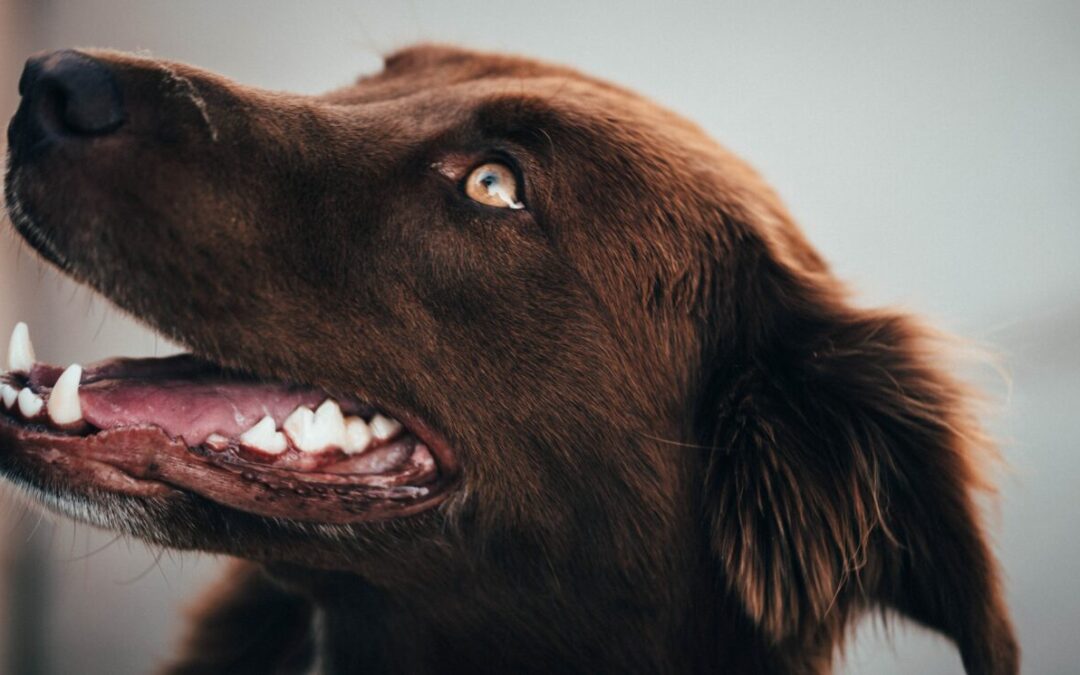Who cleans their dog’s teeth? It is a habit that, unlike humans, is not so established in the world of dogs. Canine dental cleaning is reserved for a veterinary practice and not so much a daily habit carried out at home.
Although comparisons with humans are not entirely accurate, it is important to maintain good dental hygiene in dogs, and above all, keep the habit of doing it at home. In this article we expand information on this aspect, the importance it has, as well as the correct way to do it.
What is dog dental cleaning and why is it important?
Dental cleaning is the removal of tartar and bacterial plaque, as well as the maintenance of the teeth so that they look clean and healthy. It is important to carry out this maintenance as this will prevent the spread of tartar, which can lead to more serious problems.
Risks and symptoms of poor hygiene
The problem of poor canine dental hygiene escalates by phases. In a first phase there would be an accumulation of tartar, which if not treated could cause inflammation and retraction of the gums, which in more advanced phases could dislodge the tooth and cause the loss of teeth. All this causing bad breath and halitosis in the animal.
Tartar, which causes inflammation of the gums, can trigger pain when chewing food, so the dog can avoid certain foods and, in the long run, this can affect the nutrition and health of the animal.
There is also a risk that bacteria from plaque can travel through the bloodstream to vital organs such as the heart, causing endocarditis problems in the valves. Bacteria can also settle in bones, causing both cortical and medullary bone infections, leading to cases of arthritis and a lot of pain for the animal.
To detect poor oral health in dogs, the most obvious symptom is bad breath. In more advanced stages, tartar, gingivitis, periodontitis begin to appear, and finally, the most obvious alarm signal is the loss of teeth.
Tartar – what is it and how is it formed?
Tartar is the calcification of dental plaque. Initially, with the accumulation of food remains, bacterial plaque or dental plaque is formed. After accumulating and mixing with saliva and its minerals, plaque calcifies into a crust known as tartar. Initially tartar has a yellowish appearance, and over time it darkens to brown.
Which dogs are more prone to tartar?
Small and mini breed dogs are more prone to tartar, so more attention should be paid to maintenance and dental cleaning. The older they get, the greater the accumulation.
In fact, 85% of middle-aged and older mini-breed dogs have oral problems.
Another risk factor is treats with a soft texture or wet food, as this type of food settles between the gaps in the teeth, contributing to an earlier appearance of tartar.
How to keep good dental hygiene?
To maintain the oral health of the dog, maintenance must be done at home.
- For this, it is highly recommended to brush their teeth, just like in humans, but with specialized products such as toothpaste without fluoride, or brushes adapted to their jaw or in the shape of a thimble. However, most dogs do not like it or are not used to it, so it can be a laborious task and even stressful for the animal.
- Instead, there are also products in the form of drops to put in drinking water, in food or directly on the tooth. This second option is easier because many dogs do not allow their mouths to be manipulated with a toothbrush.
- As a supplement there are sticks and healthy prizes that can contribute to the dental maintenance of dogs. For example, at Gosbi we have the dental Gosbits or the dental Gosbits Objective in different formats that adapt to the size of the dog and contribute to its oral health.
- In addition to snacks, another option is chewing toys for dogs, which encourage the dog to chew them, helping to remove plaque thanks to the saliva they produce. They are a very fun option for the animal that can be used daily.
How is teeth cleaning done in the vet and how often should it be done?
Sometimes good maintenance at home is not enough to guarantee a dog’s complete dental cleanliness, so, when necessary, the cleaning must be done at the veterinarian’s office. The main warning sign that tells us that it is necessary to go to the vet for dental cleaning is when tartar begins to appear, thus preventing it from triggering worse consequences for the dog.
To do this, it is necessary to resort to sedation of the dog, which will be done through anesthesia. For the removal of tartar and plaque adhered to the dental surface, it is carried out using ultrasound equipment that guarantees the integrity of the dental pieces while deeply removing any remaining dirtiness through pressurized water.
After removing the dirtiness, the pieces are polished using a special high-speed brush that removes plaque and restores dental health to the dog’s mouth.
In conclusion…
Dental cleaning in dogs is very important if we want to avoid future diseases in the dog such as gingivitis, periodontitis, or systemic diseases, as well as avoiding tooth loss. For correct canine dental hygiene, it is important to do good maintenance at home, with special materials for it, or else with snacks, chewing toys or specific products. If this is not enough, a professional cleaning at the veterinary clinic will be necessary.
